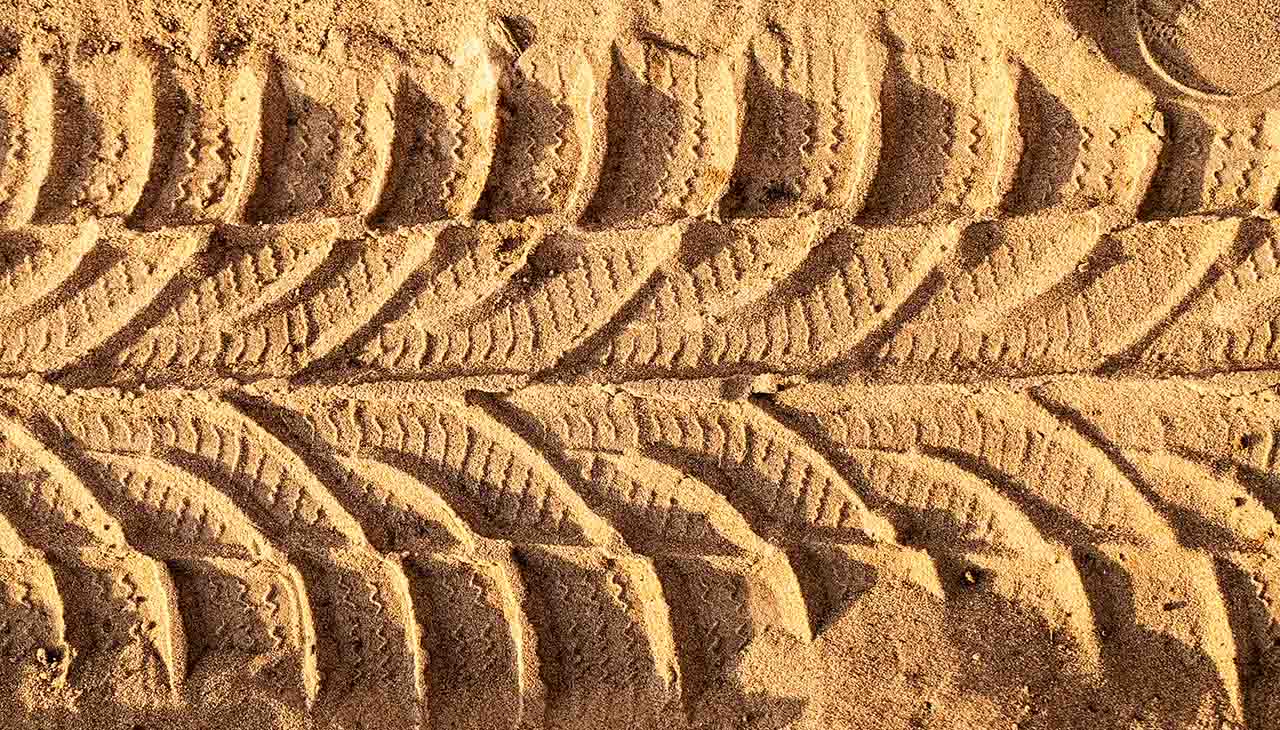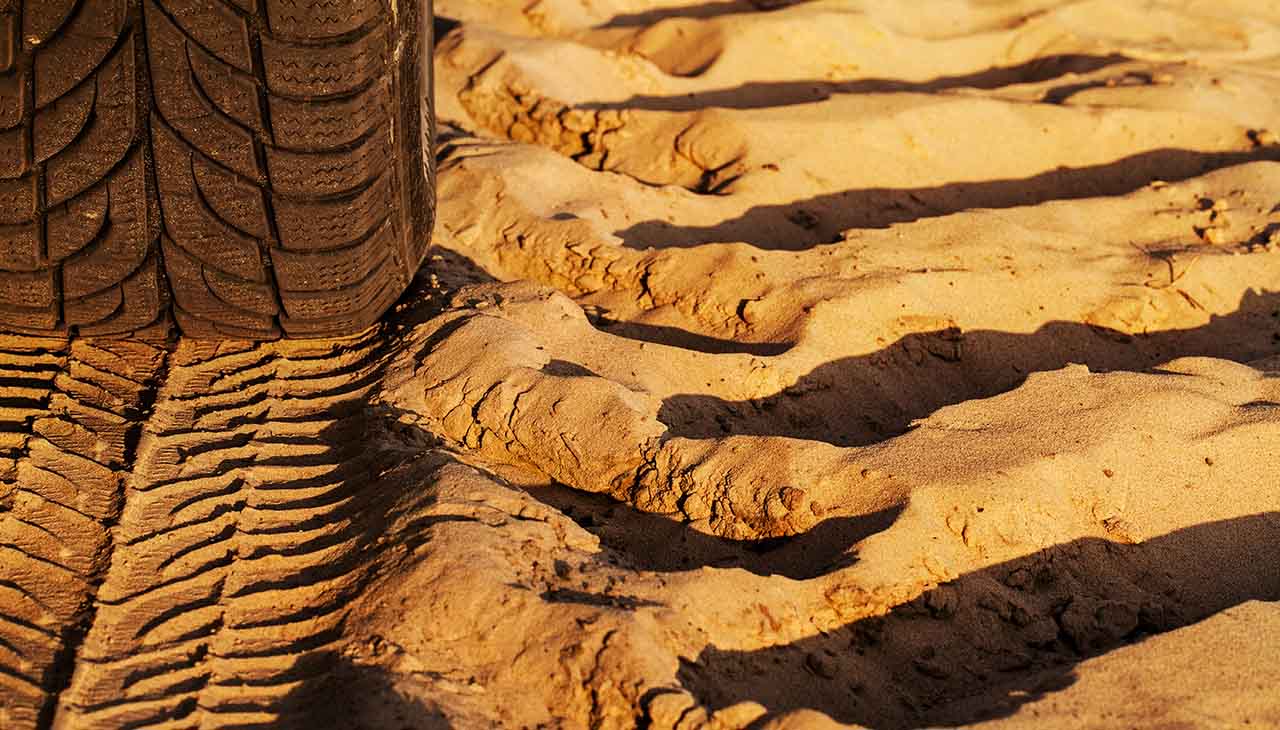In the world of motor sports, mastering the art of accelerating on dirt surfaces poses unique challenges and opportunities for drivers and engineers alike. This opening section draws upon scientific principles and field-tested strategies to optimize performance in these unpredictable conditions. Understanding the intricate balance between tire grip, vehicle power, weight distribution, and the surface characteristics of dirt tracks is crucial. By dissecting these elements, we aim to provide a comprehensive guide that can elevate the skills of novice drivers and refine the techniques of seasoned professionals.
Understanding the Surface
The Dynamics of Dirt: Surface Properties and Acceleration
The acceleration performance of a vehicle on dirt surfaces is profoundly influenced by the physical properties of the dirt itself. Two primary factors come into play—moisture content and the degree of compaction. These aspects dramatically affect the traction a vehicle can achieve, its grip, and ultimately, its acceleration capabilities.
Varieties of Dirt Surfaces
Dirt surfaces are not uniform; they vary significantly in composition and texture, ranging from sandy to clay-based types. Sandy surfaces tend to be loose and can cause vehicles to sink and lose momentum, necessitating a driving strategy that emphasizes momentum conservation and careful throttle control. In contrast, clay-based surfaces, especially when moist, offer more grip but can become incredibly slick when over-saturated. Understanding these subtle differences allows drivers to adapt their techniques and vehicle setups for optimal acceleration.
Moisture and Compaction: Keys to Traction
Moisture content in the dirt can be a double-edged sword. The right amount of moisture can compact the surface, offering more grip and a firmer driving base. Conversely, too much moisture turns the surface slippery and challenging to navigate, while too little leads to loose, dusty conditions where traction is reduced. Compaction levels also play a critical role; a well-compacted dirt track can support faster, more controlled acceleration by providing a more consistent grip across the surface.
In summary, mastering acceleration on various dirt surfaces demands a deep understanding of how moisture and compaction interact with the inherent properties of the dirt. This knowledge, coupled with adaptable driving techniques, allows for maximizing acceleration and performance on the diverse and challenging terrain of dirt tracks.
Traction Control
Traction Control
Principles of Traction on Dirt Surfaces
Traction, the frictional grip a vehicle’s tires have on the ground, is pivotal for effective acceleration on dirt surfaces. This grip determines how well a vehicle can start, stop, and maneuver without slipping. Several factors influence traction, notably tire design and the preparation of the dirt surface itself. Tires engineered for dirt racing often feature aggressive tread patterns, flexible sidewalls, and soft rubber compounds to bite into the dirt, maximizing surface contact and grip. Meanwhile, surface preparation, such as grooming and watering the track before an event, can enhance traction by creating a more cohesive layer of topsoil that tires can adhere to.
Optimizing Tire Performance for Dirt
The choice of tires plays a critical role in a vehicle’s traction on dirt. Wider tires with large, open treads disperse dirt and mud more effectively, preventing build-up and maintaining grip. Adjusting tire pressure according to the condition of the dirt track can also significantly affect traction; lower pressures increase the tire’s footprint on soft surfaces, improving grip, while higher pressures might be beneficial on harder, more compacted terrains.
Surface Preparation Techniques
Track officials and teams spend considerable time assessing and preparing dirt tracks to ensure consistent conditions that facilitate maximum traction. Techniques such as ‘packing’ or ‘rolling’ the track compress the surface, while adding or removing moisture can adjust the track’s firmness and grip level. Drivers and teams must constantly monitor these conditions, adapting their strategies and vehicle setups to the evolving track for the best performance.
By understanding and applying the principles of traction, focusing on proper tire selection, and adjusting to the characteristics of the prepared surface, drivers can significantly enhance their acceleration and overall speed on dirt tracks. This nuanced approach to managing traction forms a foundational element of competitive success in dirt track racing.
Power Management
In the realm of dirt track racing, the delicate balance of power management is instrumental in mastering acceleration. Power must be meticulously controlled and delivered to the wheels to ensure effective transfer to the ground, adapting to the unique properties of dirt surfaces. This section explores the strategies for achieving optimal power delivery and the importance of gear ratios and torque in enhancing acceleration on dirt tracks.
Effective Power Transfer to the Ground
The key to efficient acceleration on dirt surfaces lies in the ability to transfer power from the engine to the ground without excessive wheel spin. Achieving this requires a nuanced understanding of throttle control and the judicious application of power. Drivers must learn to modulate the throttle based on the traction available, smoothly increasing power as the car gains speed and traction improves. This skill prevents the wheels from slipping and wasting precious power, which is crucial in maintaining momentum, especially in softer, more challenging dirt conditions.
Optimizing Gear Ratios and Torque for Dirt
Gear ratios play a pivotal role in optimizing a vehicle’s acceleration on dirt surfaces. The right gear ratio setup ensures that the engine operates within its optimal power band, delivering maximum torque when needed. Lower gear ratios can be advantageous on dirt tracks, providing the torque necessary for quick starts and powerful acceleration out of turns. Additionally, fine-tuning the gearbox to suit different types of dirt tracks and conditions can afford drivers better control over their vehicle’s performance. By selecting gear ratios that match the engine’s power characteristics to the track’s demands, drivers can achieve a harmonious balance between speed and traction, crucial for dominating in dirt track racing.
Understanding and mastering the relationship between power delivery, gear ratios, and torque specifically for dirt surface racing becomes a defining factor in a driver’s ability to accelerate efficiently and maintain high speeds. Through careful management of these elements, paired with real-time adjustments to race strategy and vehicle setup, drivers can significantly enhance their competitive edge on the challenging and variable terrains of dirt tracks.




